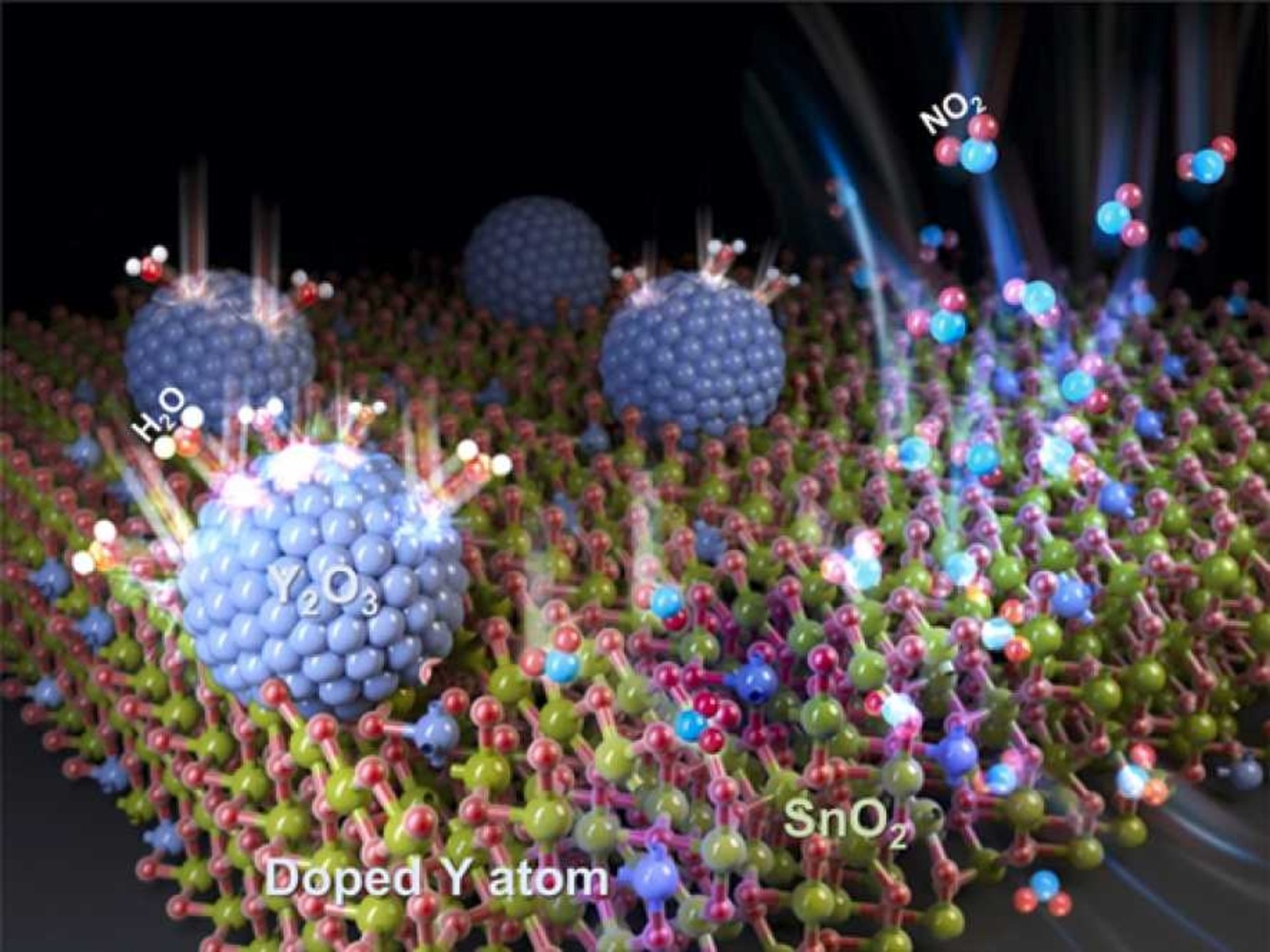Synergistic approach to simultaneously improve response and humidity-independence of metal-oxide gas sensors
-
Authors :
Kyungmin Kim, Jin Kuen Park, Jieon Lee, Yong Jung Kwon, Hyeunseok Choi, Seung-Min Yang, Jung-Hoon Lee,Young Kyu Jeong
-
Journal :
Journal of Hazardous Materials
-
Vol :
424
-
Page :
127524
-
Year :
2022

Abstract
The chemiresistive response of metal-oxide gas sensors depends on ambient conditions. Humidity is a strongly influential parameter and causes large deviations in signals and, consequently, an inaccurate detection of target gases. Developing sensors unaffected by humidity, as documented by extensive works of research, comes at the cost of response — a significant drop in sensor response inevitably accompanies an increase in humidity-independence. This trade-off between humidity-independence and gas response is one of the major obstacles that limit practical applications of metal-oxide gas sensors. This study presents a novel approach to improve both the features by incorporating the rare-earth element, yttrium, into the host SnO2 sensor. The Y-doped SnO2 nanofibers are highly stable across relative humidity values ranging from 0% to 87%, and show improved selectivity and sensitivity in the detection of up to 20 ppb of NO2 target gas with the limit of detection at 103.71 ppt. Based on experimental results and van der Waals (vdW)-corrected DFT calculations, these improvements can be attributed to the synergistic effect of oxygen vacancy created by the introduction of aliovalent Y and the formation of Y2O3 nanoparticles that play a critical role in making the sensor surface hydrophobic.
















